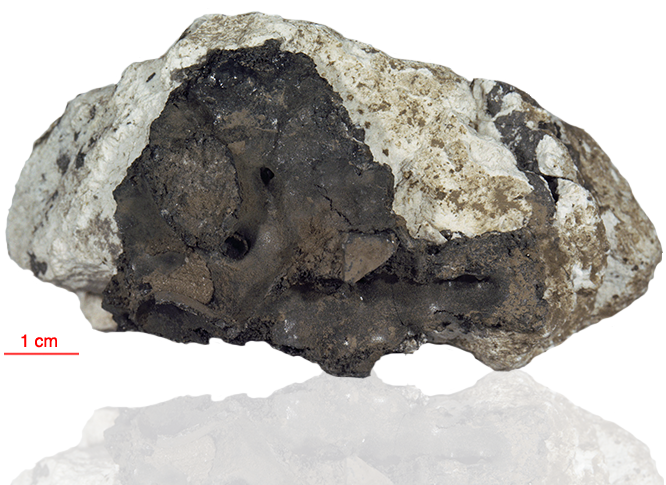
Fact sheet
64535 was collected as rake sample. It contains a mix of cataclastic ferroan anorthosite with impact melt. A thick black glass coating is present on the sample (but not our thin section). Rotation 1 shows the cataclastic texture of the anorthosite and rotation 2 shows the relatively sharp boundary between anorthosite and impact melt.
The sample weighed 257 grams before analysis and has been dated at 3.98±0.01 billion years (Ar/Ar).
Further details of this and other Apollo samples are here: http://curator.jsc.nasa.gov/lunar/
The Apollo 16 landing site was in the hilly region around Descartes crater in the lunar highlands. The landing spot was chosen to allow the astronauts to gather geologically older lunar material (Descartes Formation and the Cayley Formation) than the samples obtained in the first four landings, which were in or near lunar maria.
The mission lasted 11.1 days, with a stay on the lunar surface of 71 hours. The crew were on the lunar surface for 20.2 hours during which they traversed approximately 27 kilometers and collected approximately 96 kilograms of samples.
Apollo 16 was launched on 16 April 1972.






